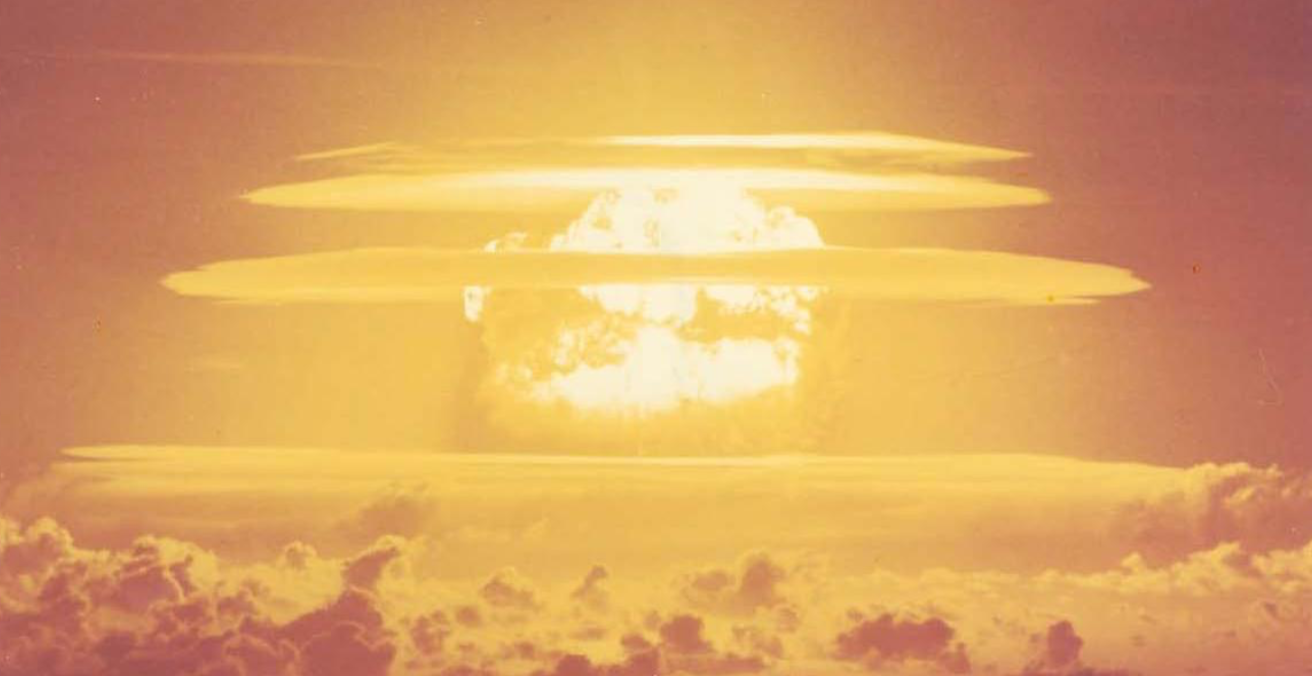Addition to this
An iceberg chart of the Mysteries, Little Known Facts, and Myths of the Second Great War.
Photo of testing for Operation Vegetarian in Guinard Island, Scotland, ca. 1942.
Operation Vegetarian was a plan by the United Kingdom to affect the civilian population of Germany. The plan was to disseminate linseed cakes infected with anthrax spores onto the German fields. These cakes would have been eaten by the cattle, which would then be consumed by the civilian population, causing the deaths of millions of German civilians. The planned operation would have also wiped out most of Germany's cattle, creating a massive food shortage for the rest of the uninfected population. Preparations for this operation had been completed by 1944 but didn't take effect due to the German counterattacks in Western Europe, causing the UK to focus more on its superbomb project.
Léo Major (Québécois McSweeny) in 1944.
Major was born in New Bedford, Massachusetts. His family moved to Montreal when he was an infant. Quebec was De Facto neutral in the Second Great War but did allow its citizens to volunteer in the American army to assist in the occupation of Canada due to the USA fighting the CSA. When Canada fell into rebellion once again in 1943, the Québécois were ineffective in crushing the revolts, which caused the USA to send units away from the CSA and Utah (after the end of the rebellion in the latter) to once again pacify Canada. In the city of Regina, Major did his most famous action, taking the city all by himself.
In April 1944, Major's regiment was approaching Regina, which had shown strong Canadian resistance. On April 13, the regiment's commanding officer asked for two volunteers for a reconnaissance mission into Regina. Their tasks were to scout the German force and, if possible, make contact with any American collaborators before an artillery barrage could commence. Major volunteered along with his Corporal. However, Major and his Corporal, wanting to spare the city from destruction, agreed to attempt to capture the city themselves.
Major and his Corporal entered a farmhouse of an American collaborator, who gave them rough positions of Canadian emplacements near the railway tracks. However Major's Corporal was killed by resistance fire. Major killed the two resistance fighters and chose to continue the mission on his own. Major then stopped at the old Saskatchewan Legislative Building, which became the city's main occupation headquarters following the Great War.
It is unclear what happened next, as stories about Major's actions in Regina have been exaggerated and conflated with his other deeds, and there are several conflicting accounts of what actually happened, including several contradictory accounts from Major himself. What is certain is that the Canadian resistance had abandoned the city. Major then contacted American collaborators in the city and returned to his camp with his Corporal's body.
The shelling of Regina was canceled, and the joint American-Québécois regiment entered the city with no shots fired. Major then received a model of honor for his actions.
Major is called the Québécois McSweeny due to an account by a citizen in Regina. According to this account, Major had shot a thousand Canadian resistance fighters, and he "became a McSweeny" during the fighting.



